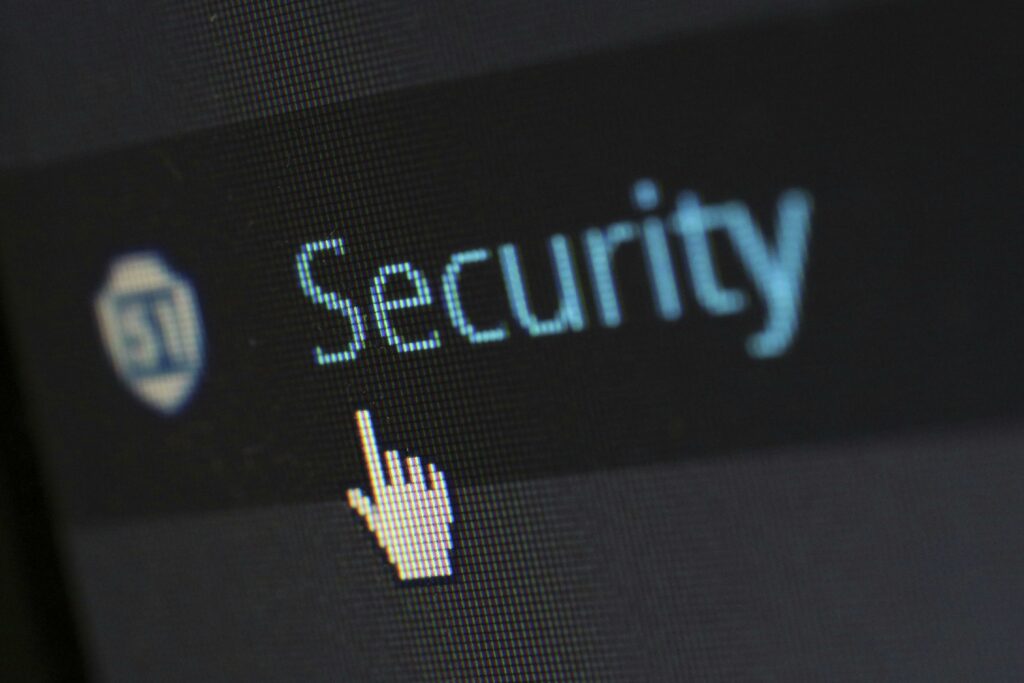Cybersecurity Trends Every User Should Know – Protecting your devices and data
Cybersecurity is a critical issue in today’s digital age, with cyber threats becoming increasingly sophisticated and prevalent. As technology continues to advance, it is essential for every user to stay informed about cybersecurity trends and best practices to protect their devices and data from malicious actors. By understanding these trends and taking proactive steps to secure their digital assets, users can minimize the risk of falling victim to cyberattacks.

One of the key cybersecurity trends that every user should be aware of is the rise of ransomware attacks. Ransomware is a type of malware that encrypts a user’s files or locks them out of their device until a ransom is paid. These attacks have become more common in recent years, targeting individuals, businesses, and even critical infrastructure. To protect against ransomware, users should regularly back up their data, keep their software up to date, and exercise caution when clicking on links or downloading attachments from unknown sources.Another important cybersecurity trend is the increasing use of artificial intelligence (AI) and machine learning by both cyber attackers and defenders.
AI-powered tools can be used to automate attacks, identify vulnerabilities, and enhance cybersecurity defenses. Users should be aware that cybercriminals are leveraging AI to launch more sophisticated and targeted attacks, making it crucial for individuals to adopt AI-driven security solutions to detect and respond to threats effectively.Furthermore, the Internet of Things (IoT) presents a significant cybersecurity challenge for users. The proliferation of connected devices, such as smart home devices, wearables, and industrial sensors, has created new entry points for cyber attackers to exploit.
Users should secure their IoT devices by changing default passwords, disabling unnecessary features, and regularly updating firmware to patch vulnerabilities. By taking these precautions, users can reduce the risk of their IoT devices being compromised and used as a gateway to their network.Phishing attacks remain a prevalent cybersecurity threat that every user should be vigilant about. Phishing is a social engineering technique used by cybercriminals to trick individuals into disclosing sensitive information, such as login credentials or financial details. These attacks often come in the form of deceptive emails, text messages, or phone calls. To protect against phishing, users should be cautious of unsolicited communications, verify the sender’s identity before sharing personal information, and enable multi-factor authentication for an added layer of security.
Lastly, the shift towards remote work and cloud-based services has introduced new cybersecurity challenges for users. With more people working from home and accessing corporate networks remotely, the attack surface has expanded, making it easier for cybercriminals to target vulnerable endpoints. Users should secure their home networks with strong passwords, use virtual private networks (VPNs) for secure connections, and implement endpoint security solutions to protect their devices from malware and unauthorized access.In conclusion, cybersecurity is a shared responsibility that requires every user to be proactive and vigilant in protecting their devices and data from cyber threats.
By staying informed about cybersecurity trends, adopting best practices, and implementing robust security measures, users can safeguard their digital assets and reduce the risk of falling victim to cyberattacks. Remember, cybersecurity is not just a technology issue – it is a mindset that involves awareness, education, and continuous improvement to stay one step ahead of cyber threats.







